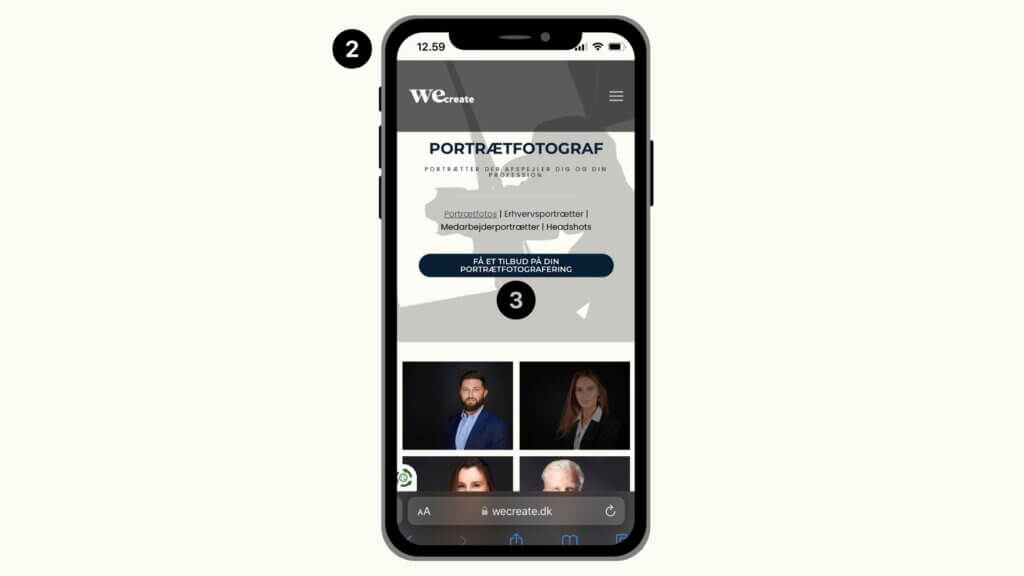User experience optimization
Create an intuitive experience
Imagine a supermarket where everything is designed to make your shopping experience as smooth as possible. Easy access to the store, clear navigation between the aisles, obvious price tags, and a quick and easy path to the checkout. This pleasant experience not only makes you more likely to complete your purchase but also to recommend the store to others.
The analogy fits perfectly when we talk about usability on websites and online stores. A user-friendly website not only attracts more visitors but also improves the conversion rate and customer satisfaction. It’s about creating an intuitive and seamless digital experience that not only meets but exceeds users’ expectations.
By optimizing the user-friendliness of your website, you create a digital version of the ideal supermarket where all visitors feel welcomed, guided, and satisfied with their experience.
What is usability on a website?
Usability refers to how easily and intuitively users can interact with your website. It includes elements such as easy navigation, fast loading times, mobile-friendliness, and clear call-to-actions. A website with high usability makes it easy for users to find what they are looking for and ensures that it “holds their hand” and guides them through the entire purchasing process or information gathering.
The importance of usability optimization in SEO
Search engines like Google prioritize usability because their goal is to deliver the most relevant and user-friendly results to users. This is because search engines aim to provide the best experience for their users, and part of that experience is ensuring that the websites they show at the top of search results are easy to navigate, quick to load, and contain useful information.
Websites that offer a good user experience signal to search engines that they are valuable and relevant to users. This can lead to higher rankings in search results, as search engines consider these pages more useful for their users. Furthermore, a good user experience can also lead to lower bounce rates and higher engagement, which can further improve a website’s SEO.
Therefore, usability optimization is not only good for your users but also for your SEO. By focusing on creating a user-friendly website, you’re not only improving the user experience but also enhancing your visibility in search engines.
Elements of usability
- Easy navigation
An intuitive menu structure helps users quickly find what they are looking for.
- Mobile friendliness
With increasing mobile usage, it’s crucial that your website functions seamlessly on all devices.
- Fast loading times
Slow websites create frustration and can lead to a high bounce rate.
- Clear call-to-actions
Clear calls-to-action guide users through your website and encourage interaction.
- Readability
The size, length, headings, and contrast between text and background should be pleasant for the eye and clear for the reader.


Usability optimization cannot stand alone.
Usability optimization is not just an investment in your users’ experience but also in your website’s overall success. By focusing on usability, you ensure that your website is not only appealing but also functional and effective in converting visitors into customers. While usability is crucial for creating a positive first impression and ensuring a seamless user experience, it’s only one part of the equation.
The next step in creating a truly effective and engaging website is to focus on the content. Quality content plays a crucial role in attracting and retaining visitors. And that’s where we delve into our next topic: Content SEO. In the upcoming post, we will explore how to create content that is not only informative and relevant but also optimized for search engines to ensure that your website is not just easy to navigate but also filled with valuable content that gets your site noticed in search results and keeps your visitors engaged.